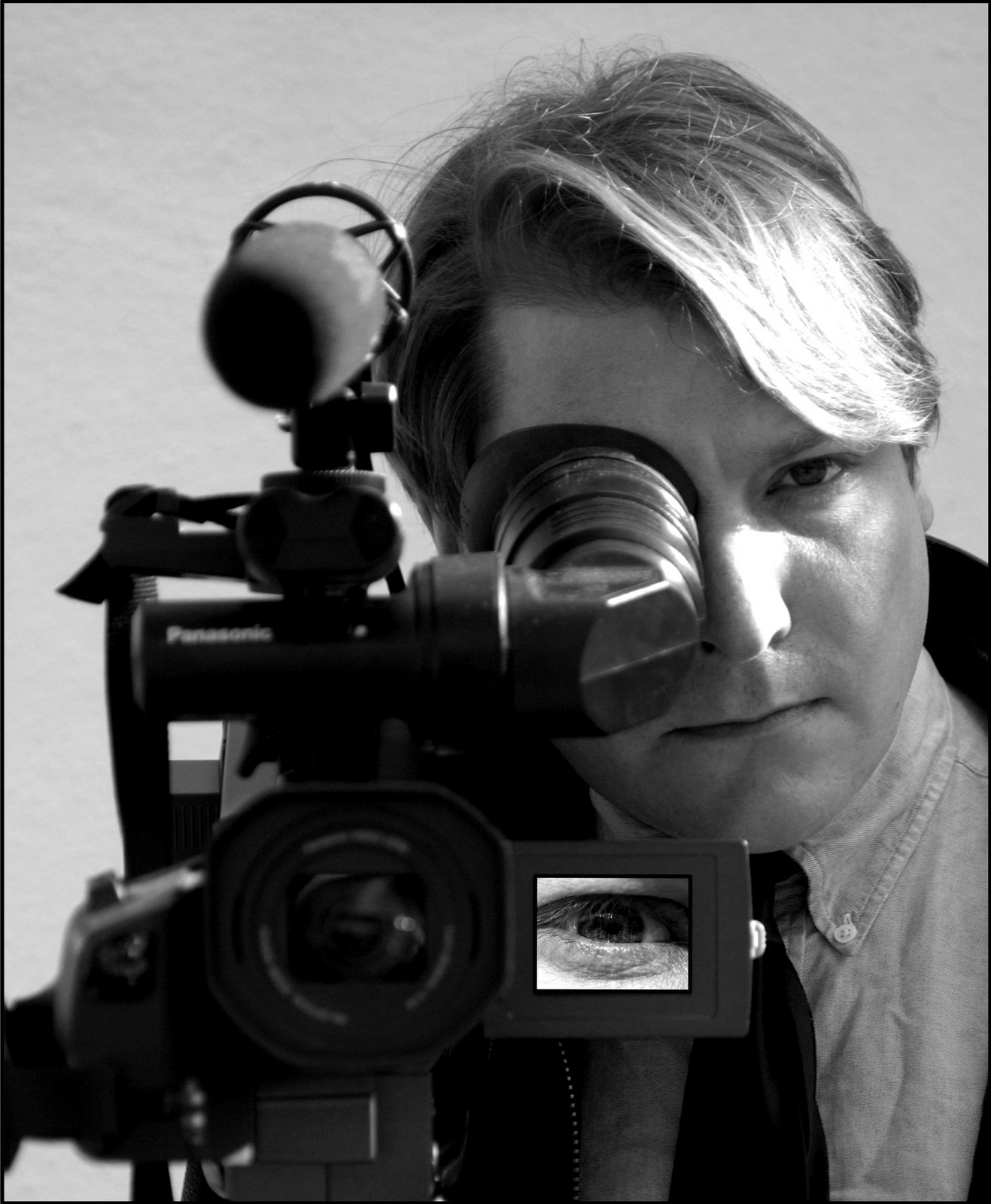

MUNCACHEVO--I filmed some surgeries in Ukraine for the first time since Hospital Regional de Occidente in Santa Rosa de Copan, Honduras a few years ago. I remember when I first filmed and photographed surgery, back at that hospital in 2000, I was very excited and enjoyed the experience very much. It was, and it still is, a great privilege, to watch and to document many talented and dedicated physicians at work. In this case it was Ukrainian orthopedic surgeon Dr. Yuri Demjan. And it brought to mind watching many procedures in Honduras, most memorably those with the brilliant reconstructive work of Columbus, Ohio plastic surgeon Dr. Les Mohler and anesthesiologist Dr. Paul Potter.
But there is somewhat of a limit to enjoying surgery, at least when one isn't actually doing it (and that I wouldn't know although I have always taken great pride in my splinter-removal technique). After a while, at least to the camera, the most fascinating surgery becomes a bunch of masked people, intently clustered around a big blue or green sheet, digging in a small, bloody square of flesh. And pretty much that's it. Often for hours on end. And the next case, no matter how interesting, looks pretty much the same while it's going on. The truly fascinating parts are before and after. Meeting the people, both the doctors and the patients who are about to go under he knife. And then afterwards, seeing them or their relatives and how this procedure has changed their lives.
And that is the true pleasure. Of seeing how the doctors of groups like SARA or CAMO have changed lives by fixing a spine or a cleft lip or any number of other procedures. Of how, most importantly, they have helped train local doctors to keep doing the work day in and day out.







